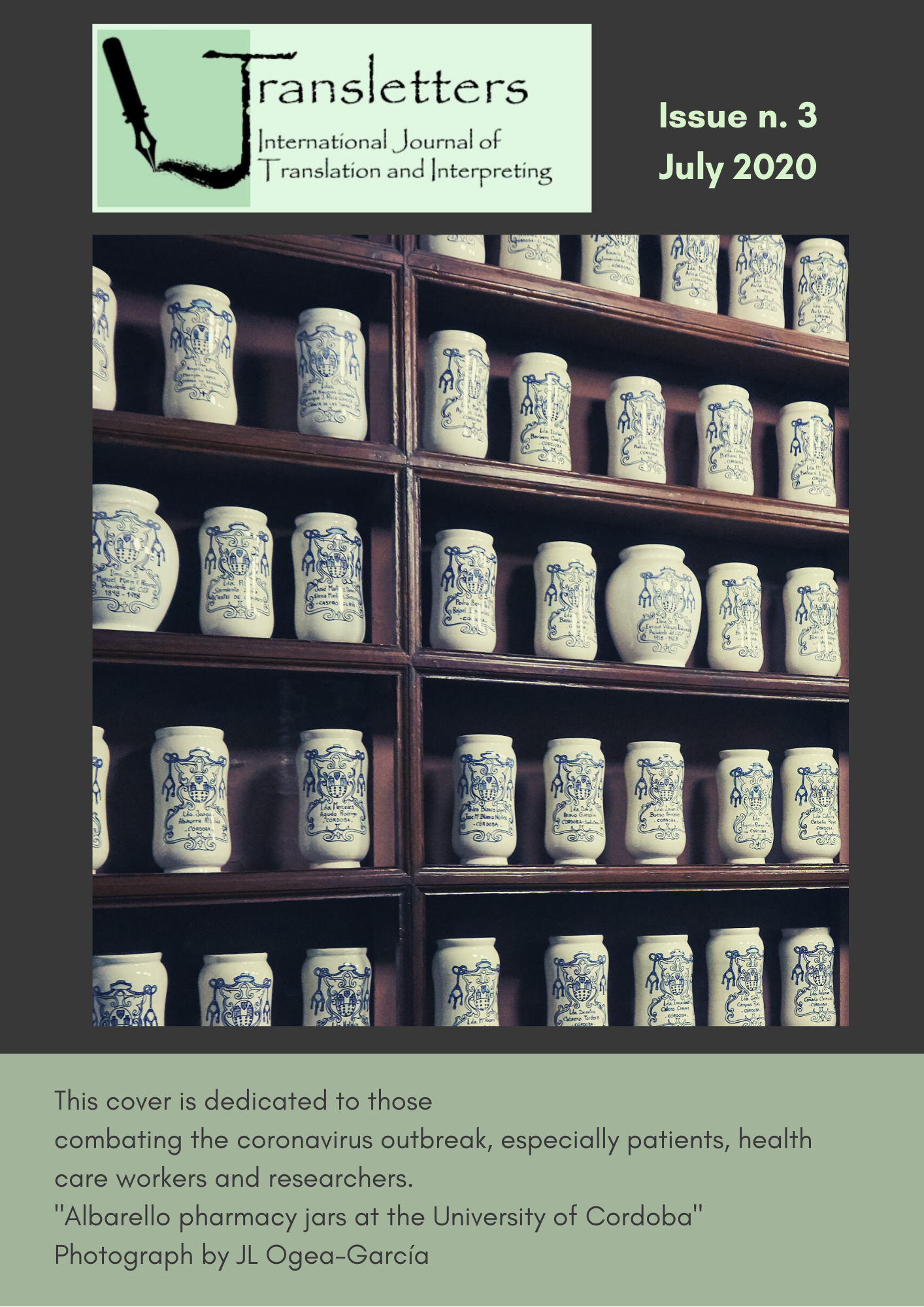Post-édition et traduction humaine en contexte académique une étude empirique
Contenido principal del artículo
Resumen
Plus que jamais, le traducteur doit acquérir de nouvelles compétences s’il veut être en phase avec les évolutions technologiques récentes et à venir. Depuis 2017, la demande en post-édition (PE) de traduction automatique (TA) ne cesse de croître et cette tâche se voit confiée essentiellement à des traducteurs. Si les progrès accomplis par la TA neuronale par rapport à la TA statistique sont indéniables, qu’en est-il de la qualité finale d’une PE par rapport à celle d’une traduction humaine (TH) ? Pour le savoir, nous avons mené une expérience contrôlée avec des étudiants en traduction pour la combinaison de langues anglais-français. Dans cet article, nous présentons les résultats de l’analyse comparative du corpus après qu’il a été soumis à une évaluation humaine. Nos résultats révèlent notamment un meilleur taux de réussite en PE de TA neuronale par rapport aux deux autres méthodes (TH et PE de TA statistique), ainsi qu’un effet nivelant de la PE de TA neuronale.
Mots-clés: Post-édition, Traduction automatique neuronale, Expérience contrôlée, Évaluation de la qualité en traduction, Étudiants en traduction.
Descargas
Detalles del artículo
Política propuesta para las revistas que ofrecen acceso abierto
Los/as autores/as que publican en esta revista aceptan las siguientes condiciones:
1. Los/as autores/as conservan los derechos de autor y conceden a la revista el derecho de primera publicación con el trabajo licenciado simultáneamente bajo una Licencia de Atribución de Creative Commons, la cual permite a otras personas compartir el trabajo con un reconocimiento de la autoría del trabajo y la publicación inicial en esta revista.
2. Los/as autores/as pueden establecer acuerdos contractuales adicionales para la distribución no exclusiva de la versión publicada del trabajo en la revista (por ejemplo, enviarlo a un repositorio institucional), con un reconocimiento de su publicación inicial en esta revista.
3. Se permite y anima a los/as autores/as a publicar su trabajo previo a la versión final publicada en esta revista una vez aceptado (por ejemplo, en repositorios institucionales o en su sitio web), ya que puede dar lugar a intercambios productivos, así como a una citación más temprana y mayor del trabajo publicado (Véase El efecto del acceso abierto).

